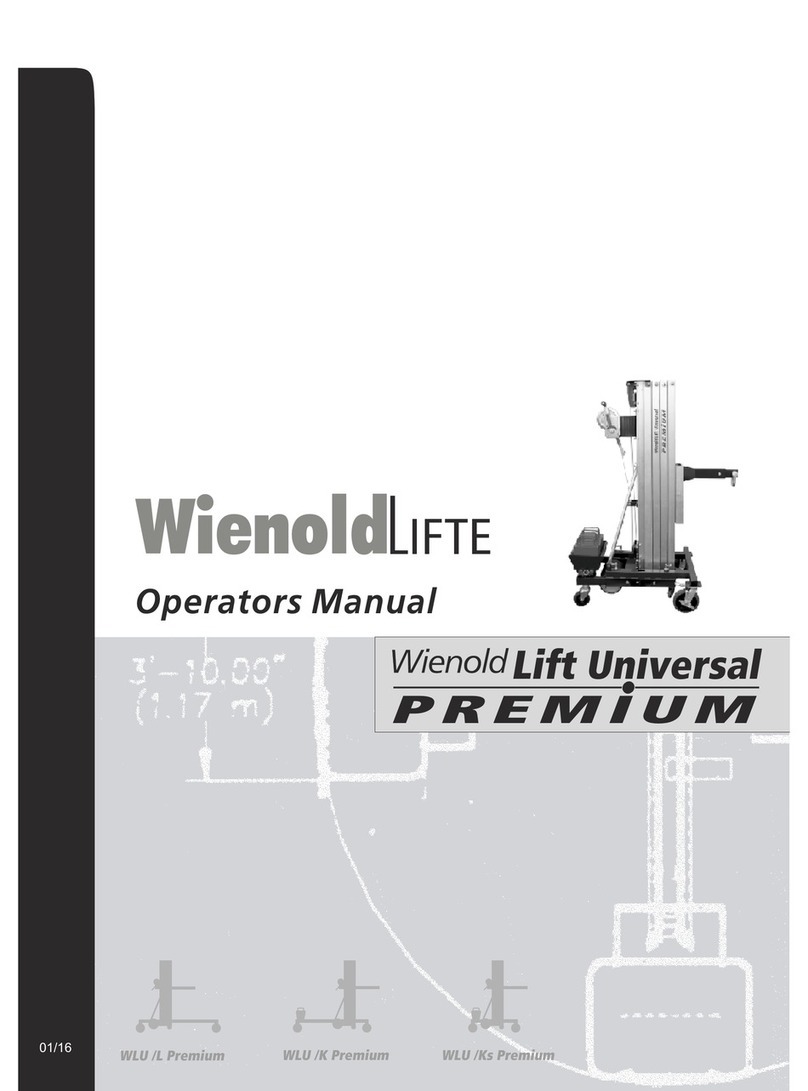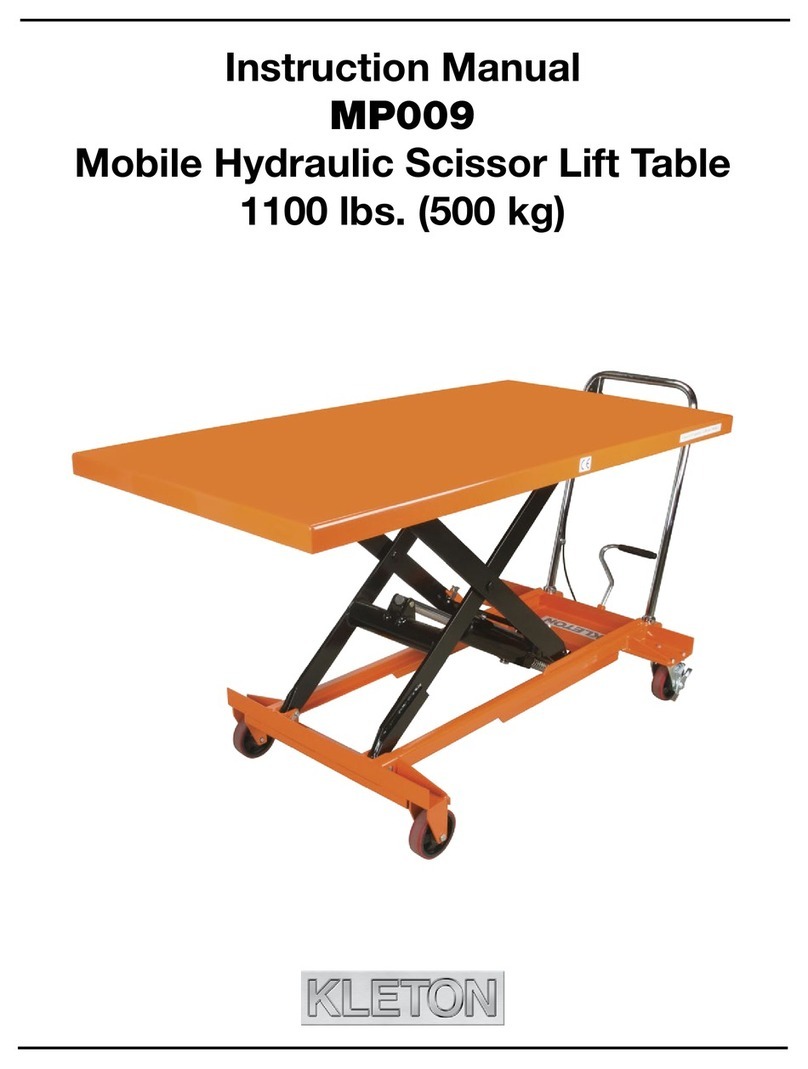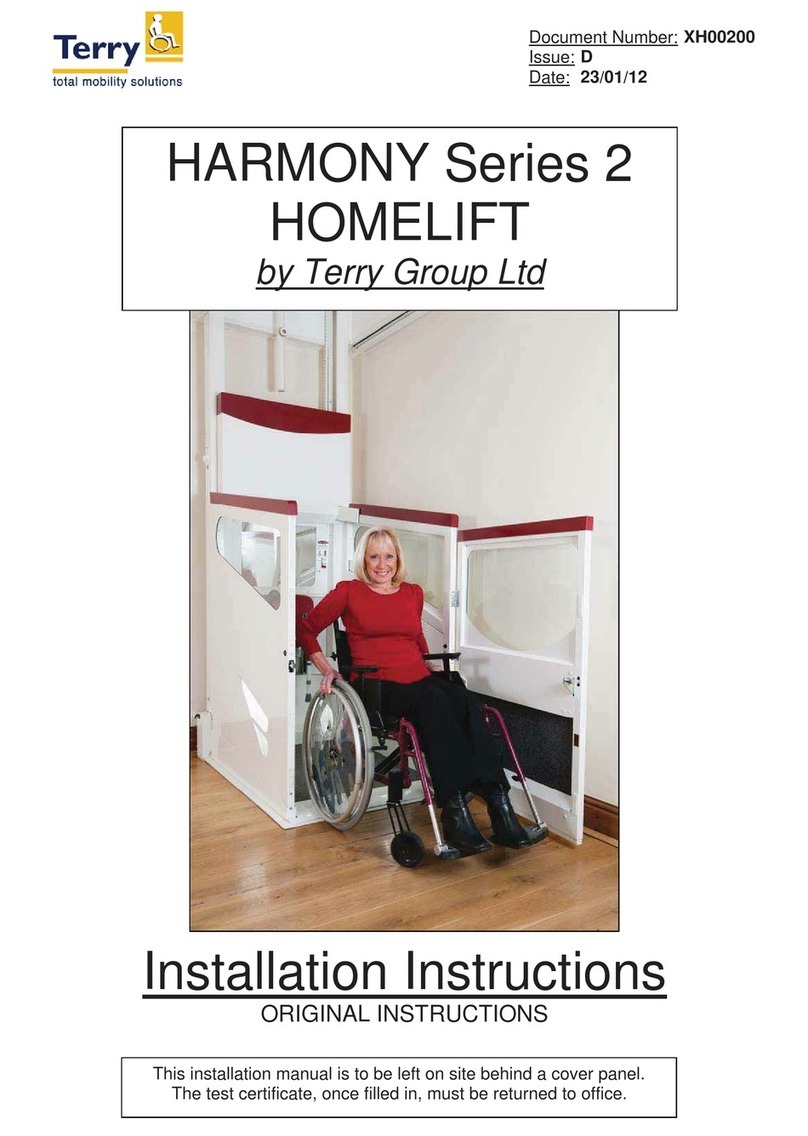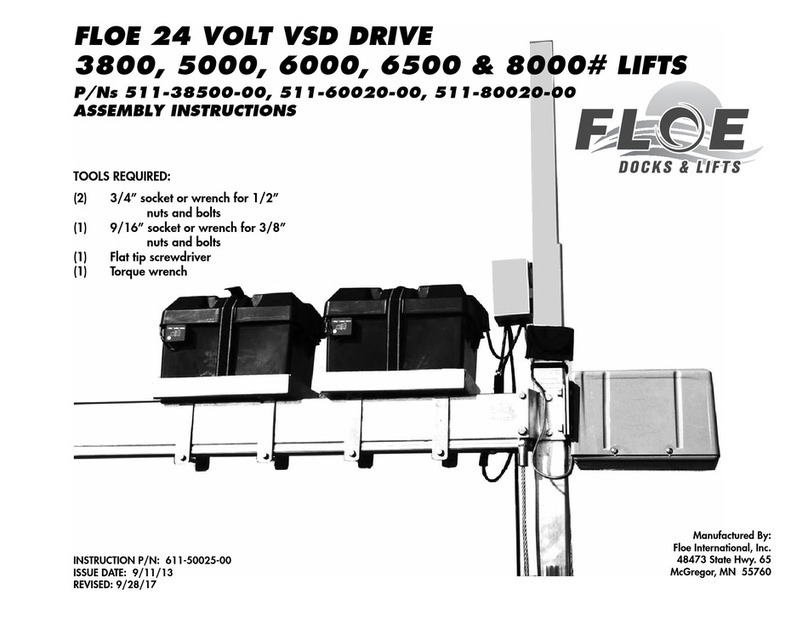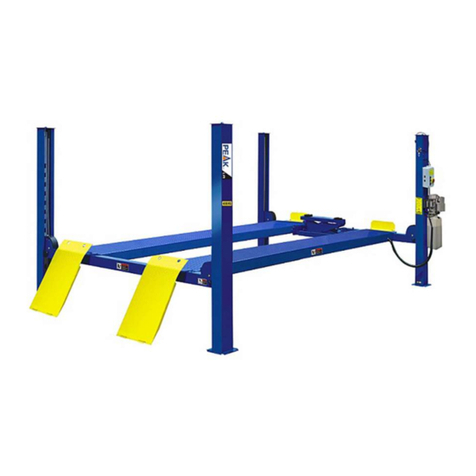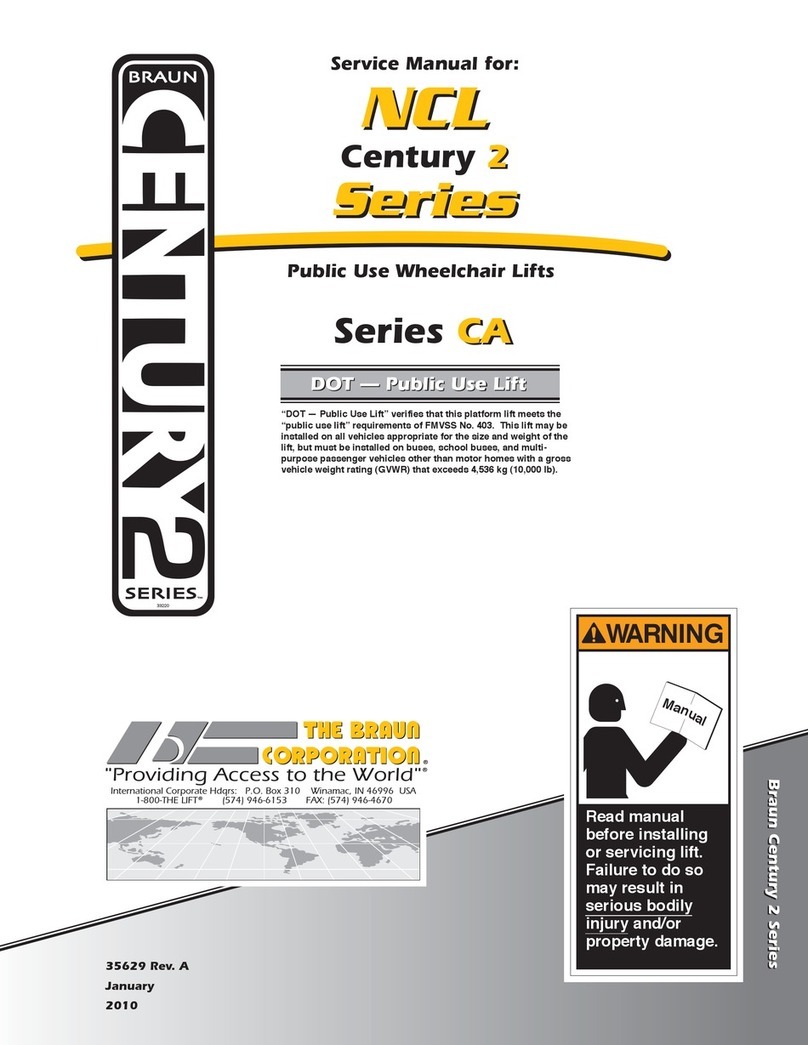Wienold Lifte GML Series User manual

OPERATINGMANUAL
Glass and Material Lift
GML 800+
GML 800+ /Std. /10, 15, 20, 25
GML 800+ /K /10, 15, 20, 25
Power options:
M [Manual Winch]
AC [230/110V Winch]
DC [24V Winch]
-
.de
Release: 2.3
02.07.2018

Glass and Material Lift
GML 800+
2
Operating Manual
GML 800+
Contents
Contents Page
Basic procedures 3
General description 4
GML Series type overview 5
COMPONENTS VIEW
GML800+/Std M 6
GML800+/K M 7
GML800+/K AC 8
GML800+/K DC 9
Electrical components 11
SAFETY
Safety instructions 13
Pre-operation inspection 18
Working area inspection 20
Function tests 21
Operating instructions 24
INSTALLATIONS
GML800+/Std 25
GML800+/K (M+AC) 28
GML800+/DC 33
Lateral outrigger 34
Mast safety hook 35
Loading devices 36
RAISING/LOWERING LOADS
Load preparation 38
by manual winch 39
by electric winch (AC Series, 220/110V) 40
by electric winch (DC Series, 24V) 41
Charging batteries at DC models 42
Loading/Transportation 43
Technical data 48
Declaration of conformity 49

Copyright
©
Norbert Wienold GmbH 2015. All rights reserved.
Glass and Material Lift
GML 800+
3
Basic Procedures
Please read and comply with:
The manufacturers instructions and safety regulations.
The operating and safety instructions for this lift.
The inscriptions, labels and warning signs on this lift.
The safety instructions and operating instructions at the job site.
The current, local and legal safety regulations.
This lift meets the current CE regulations and norms,
EN
ISO 12100, as well as the machinery directive
2006/42/EG, when used and operated in accordance to
the manufacturers
recommendations.
Itisthe sole responsibility ofeach operator toadhere to
all regional rules and regulations concerning the safe
usage
of this lift.
Please read carefully and follow all of the safety
instructions for this appliance before
maintenance, repair or operation.
This is in compliance with all the manufacturers
recommendations and all of the legal guidelines as
required by the government and local authorities.
To ensure safe and appropriate use of this
lift, itmay
onlybeusedbypersons who havebeen
trained by
authorised specialists and who have been
granted
operative authorisation.
Repairs and maintenance of this lift should only to
be
undertaken by qualified and trained personnel
without
exception.
Thislift issubjecttoan annual UVV-inspection by an
authorised tester. Without a current UVV-test seal this lift
must not be operated.
Theowners and anyone hiring/borrowing this lift should
have all construction parts undergo a complete inspection.
All of the lifts functions must be thoroughly examined and
inspected before sale or lease takes place. Damaged and
malfunctioning parts must berepaired or replaced.
This operating manual is an essential requirement
for all operators of this equipment. For this reason,
it must always remain in its appropriate place on
the lift and always be readily available.
Norbert Wienold GmbH is constantly developing and
improving this and other Wienold products.
For this reason, our appliances and products may be
subject to modification without prior notice.
If you have any questions or queries, or if you notice any
mistakes and/or deviations concerning the contents of this
operating manual, please do not hesitate to contact us.
Contact:
Waldstr. 35a
D-48488 Emsbüren
Germany
Tel.: +49 5903 - 9394-0
Fax: +49 5903 - 9394-50
- .de

Copyright
©
Norbert Wienold GmbH 2015. All rightsreserved.
Glass and Material Lift
GML 800+
4
General Description
GML800+ Wienold Glass and Material Lift
TheGML800+consistsofa chassisandamast element
system.The lifting height is defined by the number of mast
elements. The loading capacity is defined by both the model
and the required lifting height.
There are various models with different lifting heights. All
models extend the mast elements sequentially until the
required working height is reached.
The various mast elements drive systems and their
corresponding models are listed below:
a)
per Manual Winch (M Series)
b)
per 230V Electric Winch (AC Series)
c)
per 24V Winch (DC Series)
The24VModel includes a battery pack and a battery charger.
OnACand DC models,anautomaticmastlimit switch
ensures an automatic deactivation of the lifting movement
when the maximum lifting height has been reached and
this switch also controls the cable tension when lowering.
The GML800+ is equipped with frontal outriggers which,
depending on the model, may also be deployed as rear
outriggers when used in combination with counterweights.
Different loading accessories are used to raise, lower,
hold and load up to the Safe Working Load (SWL).
A lifting fork or a crane outrigger are generally available as
loading accessories.Thesecan beeasilysubstituted.
Minor positioning of the lift during operation must always be
done manually.
Transportation of persons with the lift is strictly prohibited!
Donotoperate theliftinareaswhereanexplosion hazard
exists.
BEFORE USE ALWAYS please read and understand:
The safe working load (SWL) of all components must be checked before use.
The lowest SWL is always relevant!
Example 1: Example 2:
Lift: 800 kgSWL max. Lift:
800 kg SWL max.
Boom: 450 kgSWL max. Boom:
450 kg SWL max.
Suction Cups: 450 kg SWL max. suction Cups: 250 kg SWLmax.
= 450 kg SWL max. = 250 kg SWL max.
Always follow the instructions of the load capacity chart!

Operating Manual
GML 800+
Glass and Material Lift
GML 800+
5
GML Series
GML800+ /Std M
Standard with manual winch
GML800+ /K M
with Counterweights and manual winch
GML800+ /K AC
with counterweights and 230/110V winch
GML800+ /K DC
with counterweights and 12V winch
Aus

Operating Manual
GML 800+
Glass and Material Lift
GML 800+
6
Types GML /10 und /15 without lateral outriggers (as option available)
Types GML /20 und /25 are equipped with lateral outriggers (standard).
(ref. „Components GML/K M“)
1)
Carriage
2)
Bolt to secure attachments
3)
Hold down bar (for transportations)
4)
Mast System
5)
Lifting eye
6)
Worm gear winch
7)
Worm winch crank
8)
Push bar
9)
Adjustment holes for push bar
10)
Stabiliser
11)
Securing pin for weight box
12)
Swivel caster with brake
13)
Outrigger
14)
Support wheel
15)
Holes for outrigger
16)
Chassis
17)
Securing pin
18)
Bolt with nut
Components GML/Std M (Types GML /10 und /15)
Standard (Std) with manual worm winch (M).
7 8
10
11
12
13
14 15
12
16 12
17 18 14

Operating Manual
GML 800+
Glass and Material Lift
GML 800+
7
Components GML/K M (Types GML /20 und /25 with lateral outrigger)
Series with counterweights (K) and manual worm winch (M).
- Fork lift pockets optional available for all models. -
Types GML /10 und /15 without lateral outriggers (as option available) All
Types GML /20 und /25 are equipped with lateral outriggers (standard).
Forklift Pockets 25 as option
1)
Carriage
2)
Bolt to secure attachments
3)
Hold down bar (for transportations)
4)
Mast System
5)
Lifting eye
6)
Worm winch
7)
Worm winch crank
8)
Push bar
9)
Adjustment holes for push bar
10)
Lateral outrigger (Pair)
11)
Lateral outrigger brake plate
12)
Stabiliser
13)
Lateral outrigger lockpin
14)
Lateral outrigger adjustment plate
15)
Counterweight box
16)
Counterweight securingpin
17)
Steering arm
18)
Counterweights (2x 6 pcs.)
19)
Support wheel
20)
Holes for outrigger
21)
Swivel caster with brake
22)
Chassis
23)
Securing pin
24)
Bolt with nut
25)
Forklift pockets (Option)
26)
Outrigger
7 8
10
15 16 17 18
11
12
13
14
19 20
21
22
21
23 24 19
25
26
21

Operating Manual
GML 800+
Glass and Material Lift
GML 800+
8
Types GML /10 und /15 without lateral outriggers (as option available) All
Types GML /20 und /25 are equipped with lateral outriggers (standard).
(ref. „Components GML/K M“)
1)
Carriage
2)
Bolt to secure attachments
3)
Hold down bar (for transportations)
4)
Mast System
5)
Lifting eye
6)
Worm winch
7)
Worm winch crank
8)
Push bar
9)
Stabiliser
10)
Cable cover
11)
Electric control box
12)
Electric motor
13)
Winch unit
14)
Counterweight box
15)
Counterweight securing pin
16)
Steering arm
17)
Counterweights (2x 6 pcs.)
18)
Support wheel
19)
Holes for outrigger
20)
Swivel caster with brake
21)
Chassis
22)
Securing pin
23)
Bolt with nut
24)
Outrigger
Components GML/K AC (Types GML /10 und /15)
With counterweights (K) and electrical 220/110V winch (AC).
14 15 16 17
10
11
12
13
18 19
20
21
20
22 23 18
24
20

Operating Manual
GML 800+
Glass and Material Lift
GML 800+
9
Types GML /10 und /15 without lateral outriggers (as option available) All
Types GML /20 und /25 are equipped with lateral outriggers (standard).
(ref. „Components GML/K M“)
5
4
6 7 8
3
2
1
9
Battery Cart description: next page.
10
11 15
12
13
14
16 17
18
19
18
19 20 16 21 18
1)
Carriage
2)
Bolt to secure attachments
3)
Hold down bar (for transportations)
4)
Mast System
5)
Lifting eye
6)
Cable remote control
7)
Push bar adjustment holes
8)
Push bar
9)
Stabiliser
10)
Cable cover
11)
Electric control box
12)
Electric motor
13)
Winch unit
14)
Power supply
15)
Slip-On for batterycart
16)
Support wheel
17)
Holes for outrigger
18)
Swivel caster with brake
19)
Chassis
20)
Securing pin
21)
Outrigger
Components GML/K DC (Types GML /10 und /15)
With counterweights (K) and electrical 24V winch (DC).

Operating Manual
GML 800+
Glass and Material Lift
GML 800+
10
Battery Cart includes batteries, charger, voltmeter, power switch, counterweights.
Left side: Right side:
Left side:
11)Battery supply
Both sides:
1)
Push bar
2)
Battery pack locking
3)
Battery pack
4)
Counterweights (3 pcs. each side)
5)
Counterweight box(screwed)
6)
Slip-On eye for Securing pin
7)
Slip-On securing pin
8)
Caster
9)
Swivel caster withbrake
10)
Battery access
Right side:
12)
Power switch
13)
Voltmeter
14)
Charger with chargeindicator
15)
Charger supply
Battery Cart GML/K DC (Types GML /10, 15, 20, 25)
With counterweights (K) and electrical 24V winch (DC).
10
10
24
20 - + 28
18 32
100% - +
- +

Operating Manual
GML 800+
Glass and Material Lift
GML 800+
11
Control box left side: Control box right side: Control box button side:
10)
Limit switch supply
11)
Emergency descent
12)
Winch supply
1)
Green LED: ready to operate
2)
Red LED: electrical interference
3)
24V socket for electrical attachments
4)
Emergency Stop
5)
Power switch
(On/Off)
6)
Cable remote control supply
7)
Hour meter
8)
Fuse
9)
230/110V supply
Cable remote control:
13)
Switch UP/DOWN
14)
Accessory control
15)
Emergency Stop
16)
Control box supply
Electric ComponentsAC-Series
Control box and cable remote control.
10
11
12
13
14
Emergency
Stop
15
16
Emergency
Stop

Operating Manual
GML 800+
Glass and Material Lift
GML 800+
12
Control box left side: Control box right side: Control box button side:
10)
Limit switch supply
11)
Emergency descent
12)
Winch supply
1)
Green LED: ready to operate
2)
Red LED: electrical interference
3)
24V socket for electrical attachments
4)
Emergency Stop
5)
Power switch
(On/Off)
6)
Cable remote control supply
7)
Hour meter
8)
Fuse
9)
Battery supply
Cable remote control:
13)
Switch UP/DOWN
14)
Accessory control
15)
Emergency Stop
16)
Control box supply
Electric Components DC-Series
Control box and cable remote control.
10
11
12
13
14
Emergency
Stop
15
16
Emergency
Stop

Glass and Material Lift
GML 800+
13
Operating Manual
GML 800+
Safety Instructions
Warning!
Failure to adhere to the instructions and safety regulations in this
manual may result in death or serious injury.
Do Not Operate Unless:
The personnel have been trained on this type of unit
and are deemed competent.All operators should read
the operating manual carefully.
1. Avoid hazardous situations.
Know and understand the safety regulations
before going on to the next section.
2. Always perform a pre-operation
inspection on the lift.
3.
Inspect the working area thoroughly before
using the lift
4.
Always perform the function test as per
the
operating manual prior to use.
5.
Only use the lift as per the operating instructions.
Any deviations are not acceptable. In this case,
you
must always contact the owner of the equipment
Read, understand and adhere to:
a)
the manufacturers instructions and safety instructions.
b)
the operating manuals and safety instructions for the lift.
c)
the inscriptions, labels and warning signs on the lift.
d)
the safety instructions and work procedures on the job site.
e)
the relevant legislation in force for the equipment in use.

Glass and Material Lift
GML 800+
14
Operating Manual
GML 800+
Safety Instructions
Wear Appropriate Personal Protective
Equipment (PPE)
Always ensure that the correct PPE is worn before
operating the lift including:
1. Safety helmets
2.
Safety goggles
3. Safety shoes
Always check which PPE is required at each particular
jobsite.Donotusetheliftand donotexecuteany
functiontestswithout wearingtheappropriate PPE.
Keep loose clothes, jewelry, hair etc. away from any moving
parts and ensure appropriate PPE is worn whilst operating
the unit. Keep hands and feet within the areas acceptable
tooperate the winch safely to raiseor lowerthe unit.
Fall Hazards
Do not use this lift as a personal lifting platform or step.
Do not stand on the loading accessories (e.g. lifting fork
etc.). Do not climb on themast, thechassisor other
components.
Tip-over hazards
Always ensure before either loading orlifting that the lift is
positioned on a secure, solid, flat and horizontal subsurface.
Do not raise the load until all the available stabilisers and
legs have been fully lowered and secured and the casters
are in full contact with the work surface.
Do not raise the load until all outriggers areextended and
the appropriate leg retainer pins are properly inserted into
the chassis.
When using models with counterweights, only raise the load
when the weight box has been completely filled with the
specified counterweights.
A fixed and secured outrigger must not be re-adjusted
while
thelift isloaded orisin araisedposition.
Priortouse,checkthe working areaforsteepslopes and
drop-offs, holes and debris. Also check for unstable, slippery
oricy surfaces and other possible sources ofdanger.
Donotraisetheloadunlesstheloadingaccessories
are correctly secured to the lift.
Donot use blocks, stones, planks orany otheritems
to
balance the lift.
Do not move the lift with a raised load except for very
minor positioning.
Never operate the lift if it is ice-covered.
Never operate the lift in strong or gusty wind conditions.
Anincreaseintheload surfaceareawilldecreaselift
stability when operating in windy conditions.
Never leave a load in a raised position in windy
conditions unless the lift is correctly tag lined.
Always ensure, when raising or lowering secured or
overhanging loads, that no obstructions can interfere
with the safe operation of the lift.

Glass and Material Lift
GML 800+
15
Operating Manual
GML 800+
Safety Instructions
Electrocution Hazards - Danger to Life
This lift is not electrically insulated and will not provide
protection from contact with or proximity to electrical current.
Keep away from the lift if it comes into contact with
electrical power cables. Personnel must not touch or
operate the lift until the power
conductors have been
switched off.
Maintain safe distances away from electrical power conductors
and appliances.
Please take into account the relevant current legal regulations
and the following chart:
Allow for mast movement and possible swaying and sagging
of electrical cables. Be especially careful in strong or gusty
wind conditions!
The unit isnot to be used inconjunction with welding units
fitted to the forks under any circumstances...
Injury Hazard
Do not hold on the winch cable and do not reach into the winch
itself.
Do not rest ladders or scaffolding against the lift or
the
load.
Do not operate the lift on a movable/mobile surface or
on a motor vehicle.
The Safe Working Load (SWL) must not be exceeded
under any circumstances. Always refer to the load
charts
on the unit.
Avoid moving the lift with closed outriggers over debris or
uneven ground.
Never replace lift parts that are important for stability
or construction with parts with different weights and
specifications. Only use original replacement parts.
If the equipment is damaged or operating incorrectly
you must contact the hirer immediately.
Only use the approved loading accessories with this lift.
Lifting Hazards
Always use the correct lifting techniques when loading or
tilting the lift. Personnel should be trained and competent
to use the unit correctly.
Always ensure that the correct lifting techniques is used
when installing
and disassembling the loading
accessories.
Operating the Lift
Ensure that the safety brakes are engaged prior to operating
the lift in order to avoid rolling.
Donot ever stand or allow others tostand under the loading
accessories.
Always remain behind the winch when raising or lowering.
Do not stand on the chassis, the outriggers or any other
components.
Meters
Avoid Contact
3,1 m
4,6 m
6,1 m
7,6 m
10,7 m
13,7 m
Phase-to-Phase
0 - 300 V
300 V - 50 kV
50 kV - 200 kV
200 kV - 350 kV
350 kV - 500 kV
500 kV - 7550 kV
750 kV - 1000 kV
MINIMUM SAFETY DISTANCE
VOLTAGE

Glass and Material Lift
GML 800+
16
Operating Manual
GML 800+
Safety Instructions
Crushing Hazards
Do not raise if the load is not
1.
correctly centered on the loading accessory.
2.
correctly secured to the loading accessory.
Never stand under the load as it is being raised or lowered
or suspended. Do not allow others tostand inthe lifting area
when the unit is being operated.
Standing under the load is prohibited.
Theload may fall from between 30 and 91 cmbefore
the safety brake mechanism activates the locking of
the mast elements.
Do not lower the load unless the area below is clear
of personnel and obstructions.
Keep hands and fingers away from the winch, the folding
outriggers, loading accessories and any other potential
pinch points.
Maintain a firm grip on the loading accessory when the safety
boltisremoved.Otherwisetheloadingaccessory will fall.
Maintain afirmgrip onthe outrigger when the safety bolt
is removed. Otherwise the outrigger will fall.
Maintain afirmgrip onthe winch crank handle.Thewinch
brakesengage automatically when you stop winding.
Thecrankhandlemustnot movewhenyou stop winding.
Standard Forks
Only use appropriate loading accessories when lifting a
load. Always ensure before loading that the loading accessory
used is suitable for the load and is correctly secured.
Onlyraisetheload when theloading accessory has been
correctly installed and the load has been correctly aligned and
secured. Always take into account the relation between lifting
height and load center.
Collision Hazards
Check the working area for overhead obstructions or other
potential sources of danger.
Always plan your route if transporting a load on site using this unit.
Avoid sharp turns, inclines orvoids inthe ground. Only move the lift
when in transport position!
Loading
When loading the lift (for transport), always ensure that the lift
and the transport vehicle are on an even ground.
Always use the correct lifting techniques and always use the snap
hook on top of the lift when using a crane or the forklift receptors
when loading with a forklift.

Glass and Material Lift
GML 800+
17
Operating Manual
GML 800+
Safety Instructions
Damaged Lift Hazards
Do not operate a damaged or malfunctioning lift.
Do not use a lift with a worn,
frayed, kinked or damaged cable.
Do not use a lift with less than 4 layers
of cable on the winch drum when the
loading accessory is fully lowered.
Ensure that a thorough pre-operation inspection is
Always conduct prior to each use.
Any damage, faults orfailure of the unit must beassessed
by a competent person trained to identify such matters
and instructed for repair work on this lift.
Non-appliance tothis rule may lead toseriousinjury
and
possible danger to life.
Ensure that all warning signs are
Always
legible
and
in place.
Ensure that the operating manual is
Always
complete, legible
and placed in the storage container installed on the lift.
Maintain proper lubrication on the winch. Do not allow oil or grease
on the brake surfaces or on the mast elements.
Only use silicon spray when lubricating the mast elements
(no oil or grease). Avoid spraying onto the brake surfaces.
Hazard due to improper use
Never leave a loaded lift unattended or suspended. Unauthorised
personnel may attempt tooperate the lift without having been
correctly trained and thereby create an unsafe situation/
environment.
Labels - Warning Signs
Wienoldlifte, appliances & machines use symbols,
colour codes and signal words to identify the following:
Safety Alert Symbol:
This isusedtoalert personnel to
potential injury hazards.
Adhere to all safety messages that
follow this symbol to avoid
possible injury or death.
RED = DANGER
This is used to indicate the presence
of an imminently hazardous
situation which, if not avoided,
will result in death or serious injury.
.
ORANGE = WARNING
This isused toindicate the presence
ofa potentially hazardous situation
which, if not avoided, could result
in death or serious injury.
YELLOW = CAUTION
This is used to indicate the presence
of a potentially hazardous situation
which, if not avoided, may cause
property damage or could result
in death or serious injury...

Glass and Material Lift
GML 800+
18
Operating Manual
GML 800+
Pre-operation Inspection
Noncompliance with the instructions and safety rules in this
operating manual may result in serious injury or accidents
including death!
Do not operate the lift unless:
The personnel have been trained on this type of unit
and are deemed competent.All operators should read
the operating manual carefully.
1.
Avoid hazardous situations.
Know and understand the safety regulations
before going on to the next section.
2.
Always perform a pre-operation inspection on
the lift.
3.
Inspect the working area thoroughly before
using the lift.
4.
Always perform the function test as per the
operating manual prior to use.
5.
Only use the lift as per the operating instructions.
Any deviations are not acceptable. In this case,
you
must always contact the owner of the
equipment.
Fundamentals
The pre-operation inspection is a visual inspection which must
always be performed by the operator prior to each work
assignment.
This inspection is designed to identify and avoid possible
malfunctions of the lift before the operator tests it.
Check the lift for modifications, damages and loose or
missing parts.
A malfunctioning or modified lift must not be operated under
any circumstances.
If any damage or unauthorised deviation from factory delivered
conditionisdiscovered,thelift must beremovedfromservice
and appropriately tagged. Additionally, the owner of the
equipment must be informed.
Repairs tothelift may only be undertakenbya qualified service
technician in compliance with the manufacturers specifications.
The operator must perform a new pre-operation
inspection after any repairs are completed, before going on to
the function tests.
Read, understand and adhere to:
a)
the manufacturers instructions and safety instructions.
b)
the operating manuals and safety instructions for the lift.
c)
the inscriptions, labels and warning signs on the lift.
d)
the safety instructions and work procedures on the job site.
e)
the relevant legislation in force for the equipment in use.

Glass and Material Lift
GML 800+
19
Operating Manual
GML 800+
Pre-operation Inspection
Please ensure
that the operating manual is complete, legible and placed
in the storage container installed on the lift.
Please ensure
that all warning signs and labels are both legible and correctly
positioned. For further information see
Warning Signs
section.
Check
the following components and areas for damage, modifications,
and incorrectly installed or missing parts.
•Chassis and base components
Outriggers, support legs andstabilisers
Wheels and tyres
Mast elements and components
Casters and swivel casters
Winch, cable, cable anchor, pulleys
Loading carriage including safety bolts
and loading accessories
Mast element transport safety hook
Bolts, pins, screws and nuts
Other fastening and safety devices
Check the entire lift and
loading devices for:
Bents or damage
Corrosion or rust
Cracks in welds or structural components
Defects on the winch/cable
Please ensure
1.
that all structural and other corresponding components
such as fasteners, pins, bolts and locks are correctly installed
and undamaged. Also ensure that the brakes on the lift are
engaged and that the lift is in a safe position.
2.
that the lift has a minimum of 4 layers of cable on the winch
drum when the loading accessory is fully lowered.
AC and DC Machines
Inaddition tothe checksoflifts witha manualwinch,when
using electrical or battery-operated lifts the following inspections
must be undertaken:
Function tests for:
•Automatic mast limit switch (on 230V and 12V models)
•All control elements
•All switches
•Electric winch
•Cables/cable connections and power outlets
•Batteries and battery charger (DC-series only)

Glass and Material Lift
GML 800+
20
Operating Manual
GML 800+
Noncompliance with the instructions and safety regulations in this
operating manual may result in death or serious injury!
Do Not Operate Unless:
The personnel have been trained on this type of unit
and are deemed competent.All operators should read
the operating manual carefully.
1.
Avoid hazardous situations.
Know and understand the safety regulations
before going on to the next section.
2.
Always perform a pre-operation inspection on
the lift.
3.
Inspect the working area thoroughly before
using the lift.
4.
Always perform the function test as per the
operating manual prior to use.
5.
Only use the lift as per the operating instructions.
Any deviations are not acceptable. In this case,
you
must always contact the owner of the
equipment.
Fundamentals
The working area inspection helps the operator to determine
if the working area is suitable for safe lift operation.
The inspection should be performed by the operator
prior to moving the lift to the working area.
It is the operators responsibility to read and know the section
on working area hazards and to avoid them while moving,
setting up or operating the lift.
Ensure the unit is working on solid ground and the loadings
applied bythe unit will not cause damage orcreateadditional
floor loading.
Avoid sources of danger!
Donotoperatetheliftifyoucannotguarantee asafeoperation
due to one or more of the following sources of danger:
Inclines, holes or swells on the work surface or debris
Unstable subsurfaces at the working area
Insufficient subsurface foundation at the working area
Subsurfaces with holes, obstructions etc.
Overhead obstructions such as:
Beams, electric cables and ropes/wires
High voltage cables
Unsuitable wind and weather conditions
Read, understand and adhere to:
a)
the manufacturers instructions and safety instructions.
All other possible unsafe surfaces and conditions
b)
the operating manuals and safety instructions for the lift.
c)
the inscriptions, labels and warning signs on the lift.
d)
the safety instructions and work procedures on the job site.
e)
the relevant legislation in force for the equipment in use.
This manual suits for next models
13
Table of contents
Other Wienold Lifte Lifting System manuals
Popular Lifting System manuals by other brands
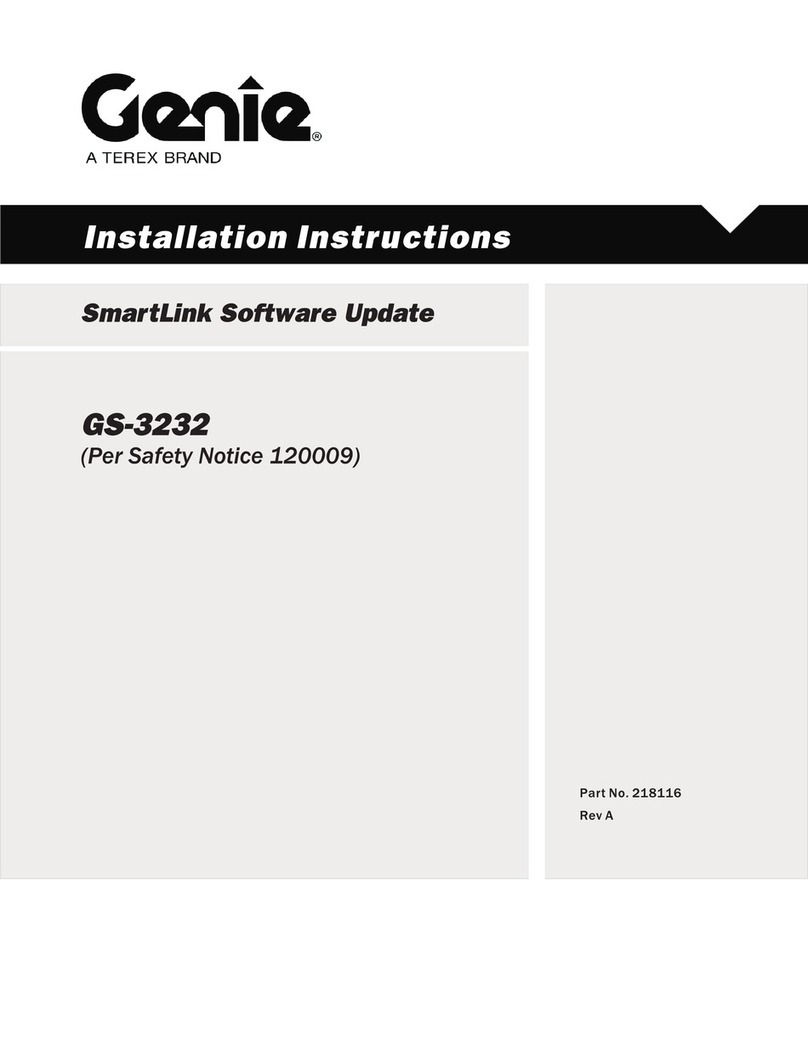
Terex
Terex Genie GS-3232 installation instructions
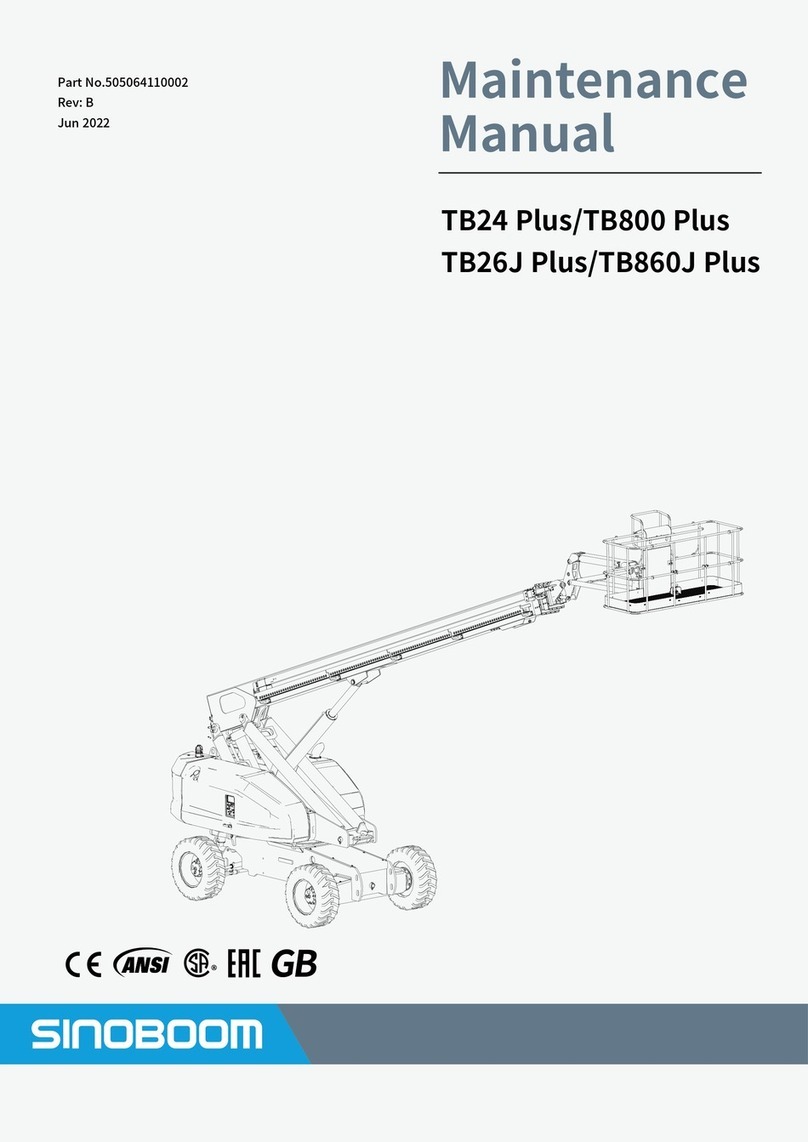
Sinoboom
Sinoboom TB24 Plus Maintenance manual

Pentair
Pentair AQUATRAM 90 Installation and user guide
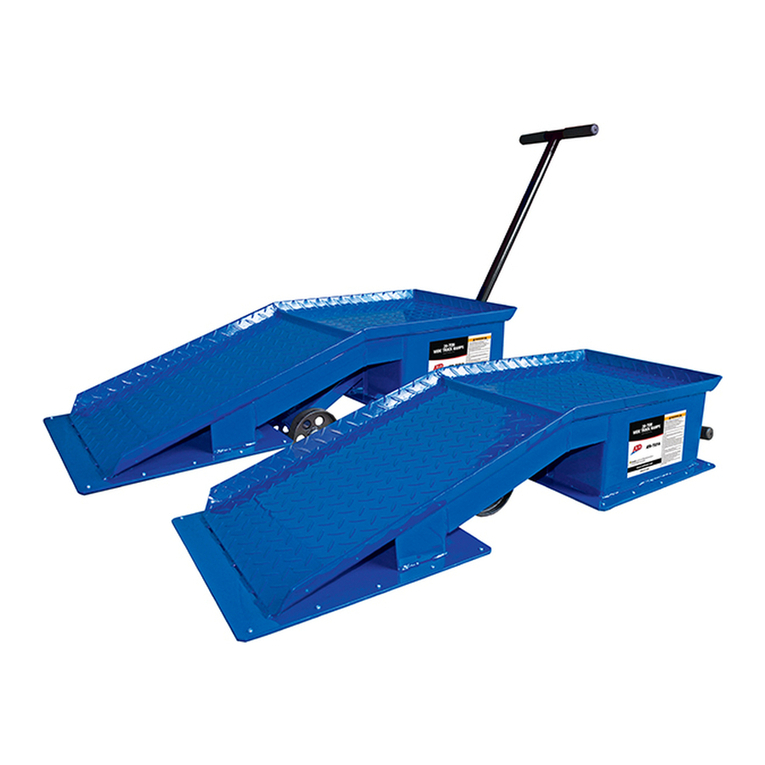
ATD Tools
ATD Tools ATD-7321A owner's manual
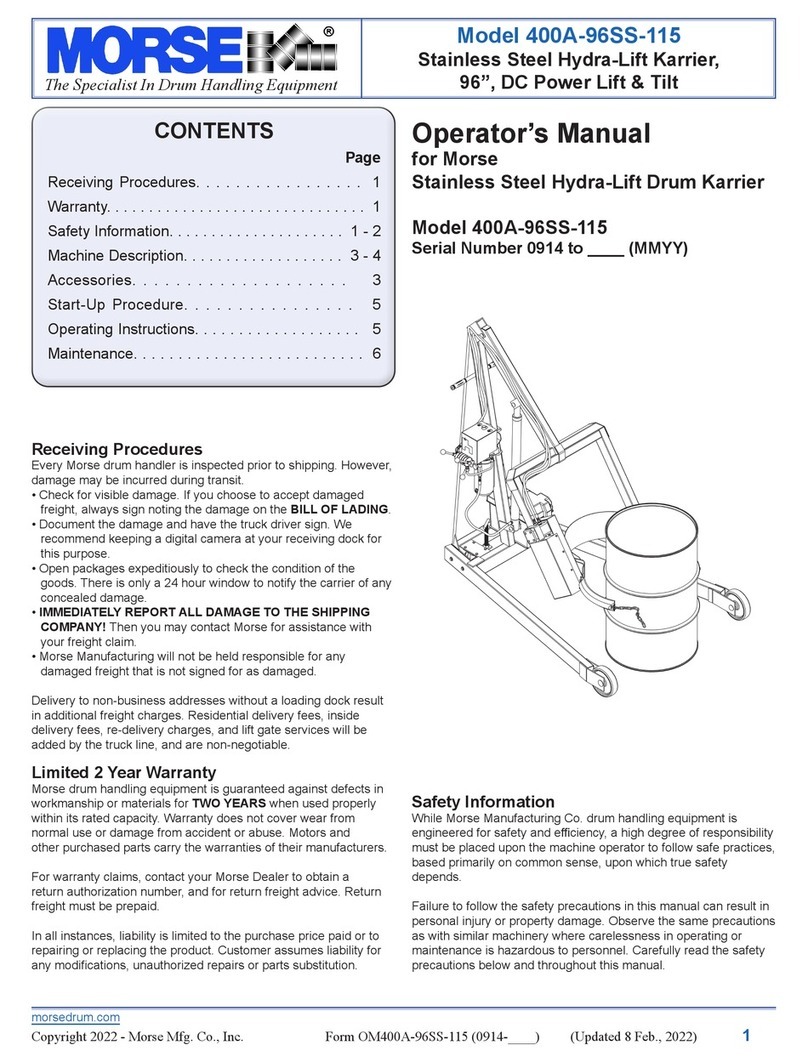
morse
morse 400A-96SS-115 Operator's manual
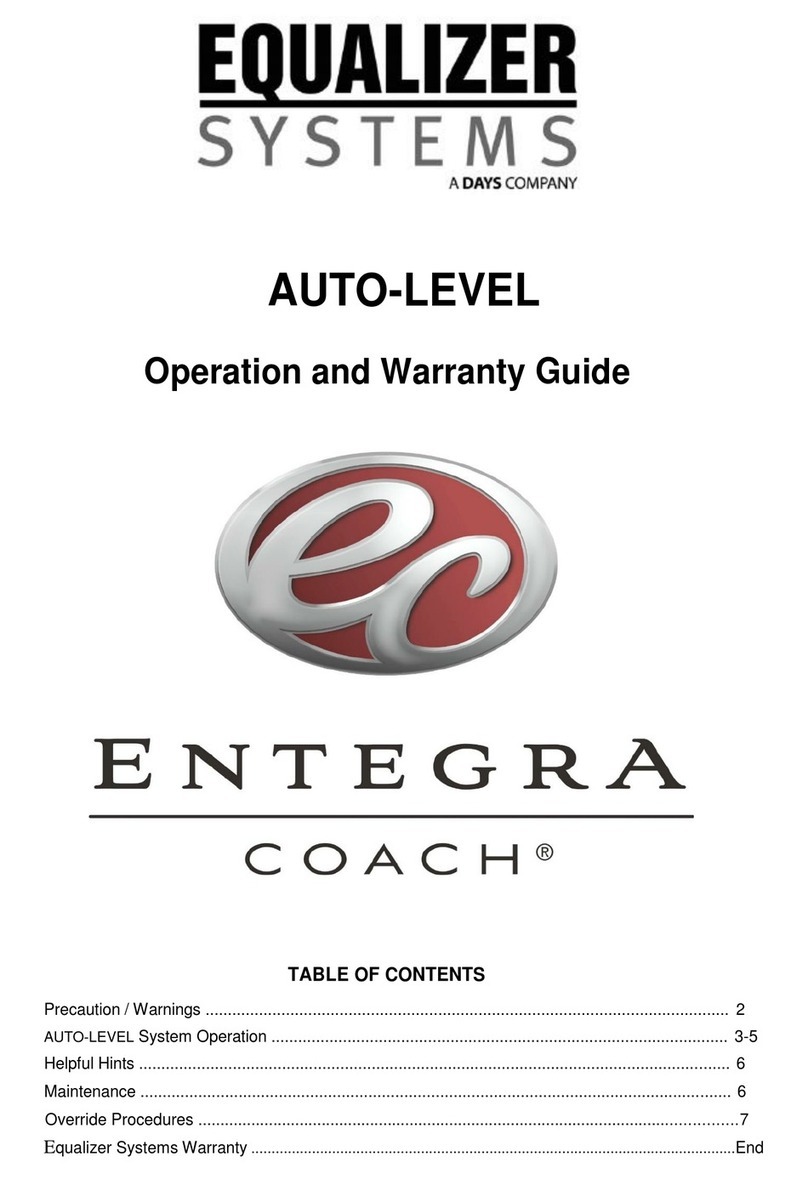
Equalizer System
Equalizer System AUTO-LEVEL Operation and warranty guide
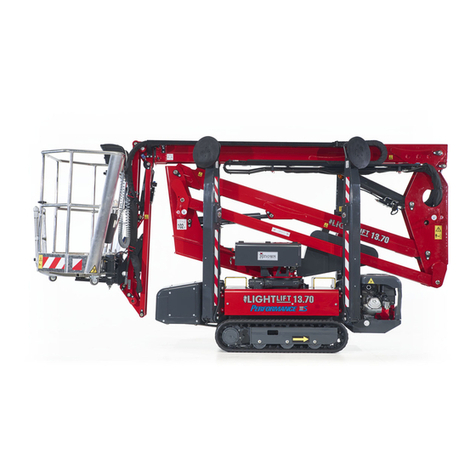
Hinowa
Hinowa LIGHTLIFT 15.70 PERFORMANCE Quick instructions

Ergotron
Ergotron StyleView SV22 Assembly instructions
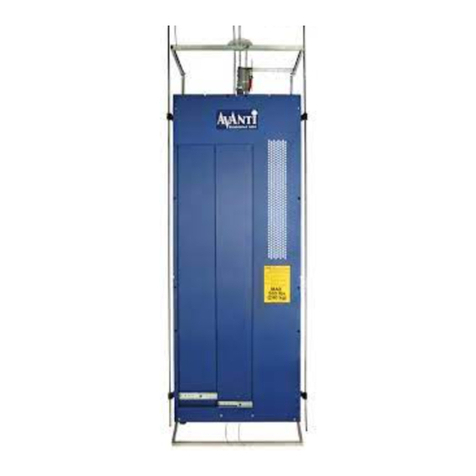
Avanti
Avanti SHARK L AECO Original instructions
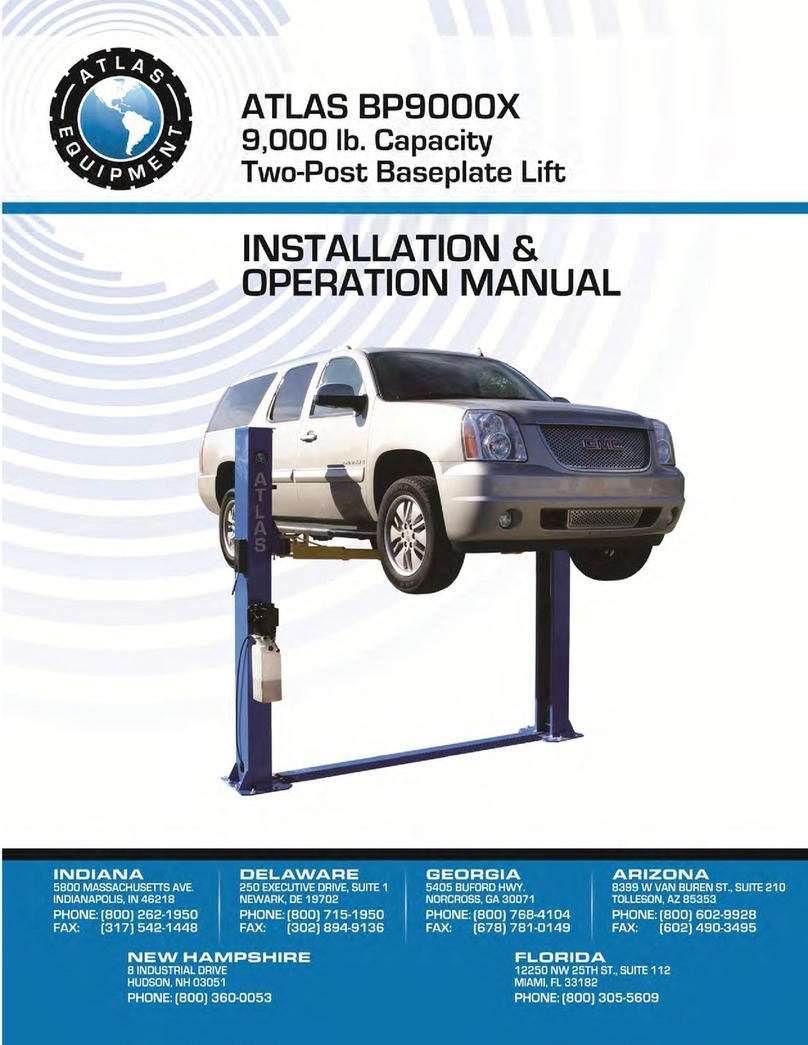
Atlas Equipment
Atlas Equipment Atlas BP9000X Installation & operation manual
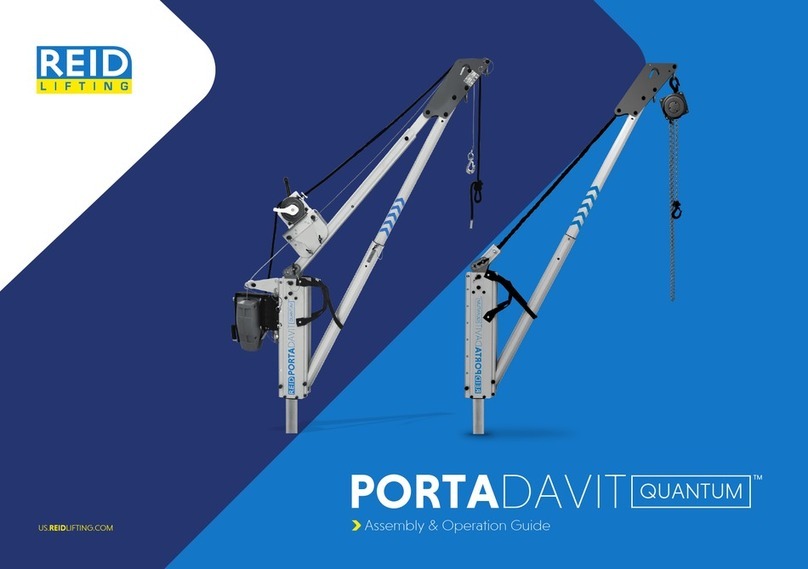
REID LIFTING
REID LIFTING PORTADAVIT QUANTUM Assembly & Operation guide

Fantek
Fantek FT-6860 operating instructions
